Spring Roof Maintenance Tips: A Complete Checklist for Homeowners
As the weather warms up, it’s essential to inspect your roof for any winter damage, clean out gutters and downspouts, and ensure proper attic ventilation to prevent moisture buildup. Additionally, consider scheduling a professional roofing inspection to address any potential issues before they escalate.
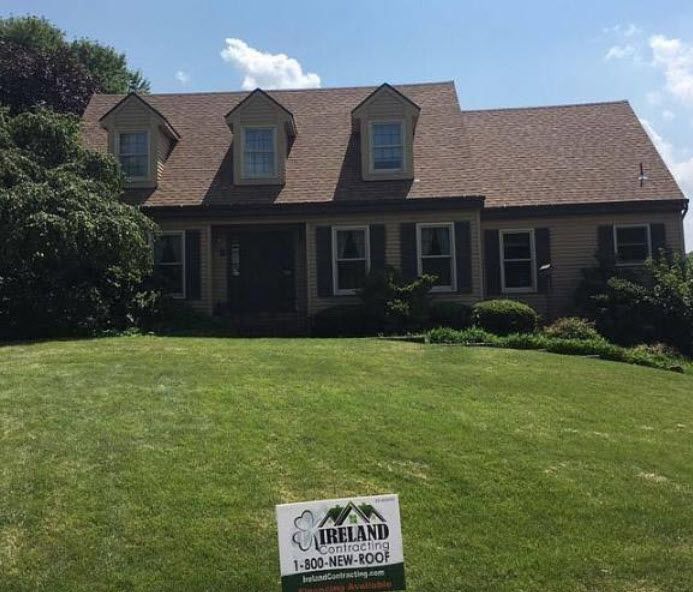
Spring Roof Maintenance Overview
When it comes to caring for your home, the roof often goes overlooked. But every season brings different weather patterns and challenges that can take a toll on your roof’s health. After facing winter’s harsh weather, it’s crucial to ensure your roof remains in top condition, making a thorough inspection imperative.
Our homes are our havens, so it’s important to ensure they’re in top shape. Just like our roof works hard year-round, shielding us from the elements, paying attention to a proper inspection will go a long way in maintaining its longevity. Factors like wind, debris, and ice dams can cause damage alongside general wear and tear. Without a professional inspection, it’s easy to miss early warning signs of issues that could lead to more extensive and expensive problems later on.
That’s why hiring a professional roofing contractor like Ireland Contracting is a smart move. Catching problems early can save time, money, and stress down the line. Professional roofing contractors have the expertise and tools to conduct comprehensive inspections effectively.
What An Inspection Involves
During a professional spring roof inspection, an expert roofer will look for:
- Missing or cracked shingles
- Signs of water damage or leaks
- Debris buildup in gutters and on the roof
- The condition of flashing around vents, chimneys, and skylights
- Any signs of mold or algae growth
- Damage caused by ice dams or hail
The value of a professional inspection lies in the depth and precision with which these aspects are scrutinized. Small cracks in shingles or tiny leaks might evade an untrained eye but could quickly escalate into significant problems if left undetected. Opting for a seasoned expert maximizes the chances of uncovering potential distress points before they worsen.
Investing in professional inspections regularly equips homeowners with valuable insights into the condition of their roofs. This proactive approach not only ensures that problems are nipped in the bud but also prolongs the life and durability of the entire roofing system.
So there you have it – understanding the importance of spring roof inspections serves as a preventive measure against more significant concerns down the line while offering peace of mind to homeowners.
Cleaning Your Roof and Gutters
Our roof acts as a shield, protecting us from harsh weather, so it’s crucial to keep it strong and healthy. Spring is the perfect time to give it a thorough cleaning after the winter season. Clearing off dead leaves, small branches, or other debris that has accumulated not only keeps it looking tidy but also prevents potential water damage.
When water can’t drain away properly, it may end up seeping under the shingles and causing leaks . Neglecting roof maintenance can lead to problems like mold growth, wood rot, and even structural damage to your home due to water collection on the roof for too long.
Cleaning the gutters is just as important as cleaning the roof. When they get clogged with leaves or other debris, they won’t be able to direct water away from your house properly. This can cause water to back up on the roof and potentially leak into your house, resulting in more serious damage over time.
Imagine standing by your front door during a heavy storm and seeing sheets of rain cascading from the gutters because of a blockage. It’s not only unpleasant but can also damage the exterior of your home.
It’s like wearing a warm, waterproof coat in a storm. You want to make sure your coat isn’t clogged with leaves and dirt so it can do its job properly!
Now some might say “Well my roof looks okay from down here.” But often, problems aren’t visible until it’s too late. Prevention is always better than having to fix a big problem later on.
Acknowledging the importance of proactive roof maintenance lays the groundwork for our discussion on identifying and addressing potential leaks. This proactive approach not only safeguards against preventable damages but also ensures the durability of your home’s protective shield.
Identifying and Addressing Leaks
Roof leaks can be a homeowner’s worst nightmare. The sound of dripping water, the sight of stained ceilings, or the musty smell of mold are unwelcome signs of a problem overhead. Even minor leaks can lead to significant damage if left unattended. It’s important to inspect the attic and interior ceilings for signs of water damage, such as discoloration or mold growth, to promptly address any leaks and prevent further deterioration of the roof structure.
Water stains on the ceiling can be an alarming sight. If you notice discolored patches or peeling paint on your ceiling, it may indicate a leak from your roof. A visible water spot on the ceiling is a clear sign that water has penetrated through the roofing material. It’s crucial to trace the source of the leak and address it promptly to prevent further damage.
Similarly, mold growth is a strong indicator of moisture intrusion, often caused by leaks in the roof. Mold thrives in damp environments and may appear as dark patches on ceilings or walls. Left unchecked, mold can compromise indoor air quality and pose health risks to occupants.
A small water stain may seem harmless at first glance, but if unaddressed, it could lead to extensive damage to your home’s structural integrity. The longer a leak persists, the more likely it is to cause rotting wood, deteriorate insulation, and create an environment for mold and mildew to flourish.
How to Identify a Roof Leak:
- Inspect Attic: Begin by examining your attic for signs of water intrusion. Look for damp or discolored areas on rafters, insulation, and sheathing.
- Check Ceilings: Investigate your home’s interior for water spots or stains on ceilings.
- Survey Exterior: Examine your roof shingles for any signs of damage or missing pieces that could allow water infiltration.
It’s worth mentioning that while some roof leaks are visually evident, others may be more elusive, manifesting as dripping sounds during rainy weather.
Addressing leaks promptly not only safeguards the structural integrity of your home but also prevents costly repairs down the line. Let’s delve into effective measures for dealing with roof leaks and preventing their recurrence.
Specific Areas to Inspect: Flashing, Vents, Shingles
Flashing, vents, and shingles are the unsung heroes of your roof – they work hard to keep your home safe from the elements. Let’s take a closer look at each of these crucial components to understand why they require your regular attention.
Flashing
When inspecting your roof’s flashing, it’s essential to pay close attention to the areas around chimneys, skylights, and vents. The primary function of flashing is to create a water-resistant barrier between roofing materials and any projections or joints. Over time, harsh weather conditions can cause flashing to come loose or develop damage, leading to water seeping into the roof structure and causing gradual yet significant damage over time.
To ensure that your flashing is up to the task:
- Securely in Place: Check that the flashing is securely attached and hasn’t lifted or shifted out of place.
- Damage-free: Look for signs of damage such as bending or warping, which could compromise its effectiveness.
If you notice any issues with the flashing during your inspection, it’s important to address them promptly. Ignoring damaged or poorly installed flashing can result in costly leaks and structural damage.
Vents
The vents on your roof play a crucial role in maintaining proper ventilation and preventing moisture buildup in your attic. Keeping them clean and properly sealed is essential to protect against potential water damage.
Here’s what you should look for when inspecting the vents:
- Blockages: Ensure that vents are free from any blockages such as leaves, debris, or bird nests.
- Proper Sealing: Check that the area around the vents is tightly sealed to prevent moisture from penetrating the roof.
Failure to maintain proper ventilation through the roof vents can lead to a buildup of heat and moisture in the attic, potentially causing mold growth and compromising the structural integrity of your roof.
Shingles
As for the shingles themselves, their condition directly impacts the roof’s ability to protect your home from the elements. Cracked, curled, or missing shingles create vulnerabilities in your roof’s protective barrier.
During your inspection:
- Look for Signs of Damage: Inspect for cracked, curled, or missing shingles that may need replacement.
- Maintain Protective Barrier: Replace damaged shingles promptly to maintain a strong protective layer for your home.
Damaged shingles have the potential to compromise the entire roofing system. By regularly examining and maintaining these components of your roof, you can ensure that it remains strong, sturdy, and capable of protecting your home for years to come.
Debris Management
Okay, so you’ve inspected your flashing, vents, and shingles. Now, let’s discuss keeping your roof clean from the debris that collects on it.
Leaves, branches, moss – these find their way onto your roof, clogging up drainage systems and causing moisture buildup under the debris. This can lead to mold and mildew growth, which isn’t just unpleasant but also harmful to your roof. Regularly clearing off debris can effectively prevent such buildup and keep your roof in good condition .
Imagine your roof as the top layer of a cake. If you leave crumbs and icing on top of it, it’s going to get messy really quickly and maybe even start growing some mold. Although cleaning crumbs may not be very fun for us, we still need to get rid of them if we want our cake to stay fresh and delicious. Raking debris off your roof regularly is like cleaning the crumbs off that cake—it keeps things neat and tidy.
It’s critical to remember that while doing this work safely is important, it’s equally vital to use the right safety gear. Roof maintenance work can be risky , so make sure you have someone there with you or at least knows what time you are doing said task. It’s better safe than sorry!
Using appropriate safety gear can prevent accidents from occurring as well as protect against cuts and scrapes that can come from handling branches and twigs. Remember, loose debris can be slippery too, especially if it’s been raining or dew has formed on it in the morning.
It’s a good idea to use a sturdy ladder with someone assisting you by holding the ladder steady while you climb up and down it.
Why is debris management important? Regularly removing debris helps prevent moisture buildup and reduces the risk of mold and mildew growth.
Scheduling Repairs: Best Practices
Upon completing the inspection and identifying any issues, prompt action is essential. It might be tempting to postpone repairs, especially if the issue seems minor or non-urgent. However, delaying repairs can lead to a snowball effect of damage. A small leak or missing shingle can quickly escalate into more extensive damage if left unattended.
Our recommendation is simple: schedule repairs as soon as possible after identifying an issue. Addressing it promptly can prevent further damage and ultimately save you money in the long run.
The lifespan of your roof largely depends on how well you maintain it and address any issues that arise. Regular maintenance and timely repairs can significantly extend the life of your roof, protecting your home from costly structural damage and preventing potential safety hazards.
Prompt repairs not only prevent further deterioration of your roof’s condition but also minimize the risk of costly structural damage to your home. Addressing issues promptly can prevent leaks from causing water damage to your home’s interior and safeguard against potential structural weaknesses due to roof damage.
Think of scheduling repairs for your roof like going to the dentist. Small cavities are much easier (and cheaper!) to fill than major root canals. Similarly, a small roofing issue is easier and less expensive to fix than dealing with extensive water damage or structural issues caused by neglecting necessary repairs.
Remember, when it comes to roof repairs, prompt action is key. By proactively scheduling repairs when needed, you’re taking a proactive approach to maintaining the integrity and functionality of your roof. This practice can save you time, money, and future headaches by preventing small issues from developing into larger problems.
With proactive scheduling of repairs in place, we can ensure our roof continues to provide reliable protection for years to come.
Understanding Roofing Materials
Our roof, it’s a silent protector, isn’t it? It shields us from the elements and guards our homes from harm. But just like any guardian, it needs help to keep doing its job well. That’s where understanding the materials it’s made of comes in.
Importance of Knowing Your Roof
Different roofing materials weather differently over time, so knowing what type of material your roof is composed of is crucial in determining how to properly care for it. For instance, asphalt shingles, metal roofs, and slate each have unique characteristics and require distinct maintenance. This understanding is essential for homeowners to effectively maintain and make informed decisions regarding their roofs.
Asphalt Shingles
Asphalt shingles are among the most commonly used roofing materials due to their affordability and ease of installation. However, they can be more susceptible to damage from heavy winds or hail compared to other materials. Over time, granules on the shingle surface may wear off, requiring periodic inspection and potential replacement.
Metal Roofing
Metal roofing systems are known for their high durability and resistance to fire and mildew. Although they are low maintenance overall, regular inspections can help identify loose fasteners or areas prone to rust. This proactive approach can prevent minor issues from escalating into significant problems.
Slate Roofing
Slate roofing is renowned for its elegance and longevity, often lasting over a century when properly maintained. However, it requires specialized care due to its weight and fragility. Regular inspections by professionals can detect cracked or slipping tiles early on, ensuring timely repairs and preventing water infiltration.
Each material has its strengths and weaknesses, but what remains constant is the need for consistent maintenance tailored to the specific material. At Ireland Contracting , we provide expert guidance on caring for different roofing materials. Our goal is not just repair; it’s preservation—ensuring that your roof remains a steadfast defender of your home for years to come.
By understanding the distinct care needs of your roofing material – whether it’s asphalt shingles, metal, or slate – you’ll be better equipped to make informed decisions about your roof care and ensure its longevity.
A well-maintained roof is a vital investment in your home’s safety and longevity. Don’t hesitate to take advantage of expert advice and quality services to protect your most valuable asset—your home sweet home. If you’re ready to embark on your spring maintenance journey, reach out for guidance at Ireland Contracting. Call us at 1-800-NEW-ROOF.
The post Spring Roof Maintenance Tips: A Complete Checklist for Homeowners appeared first on Ireland Contracting.


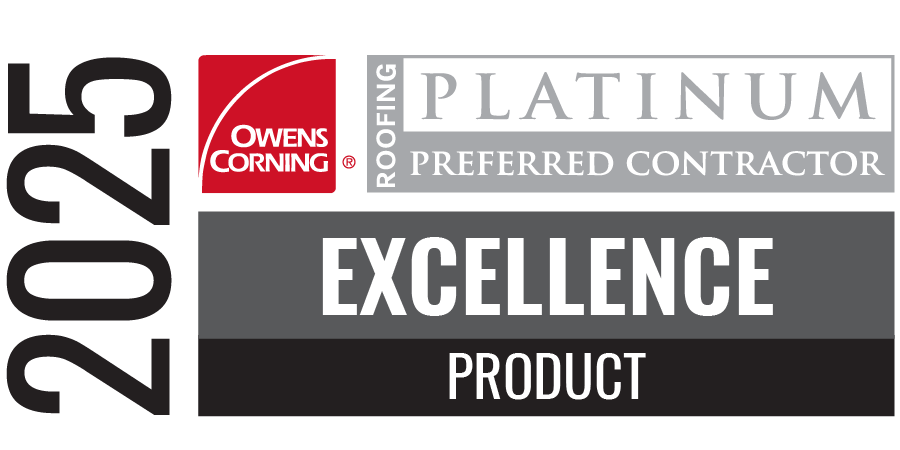

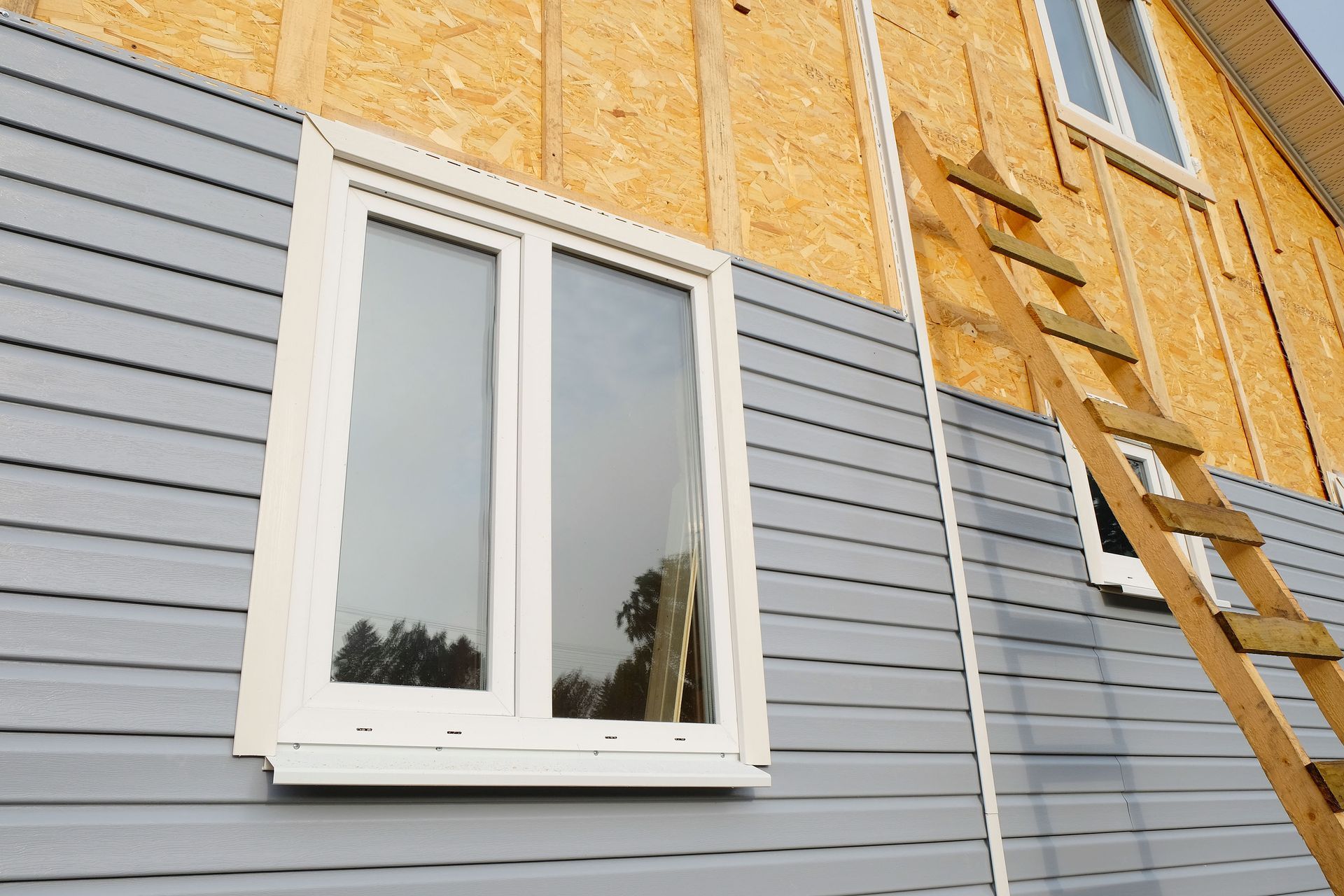
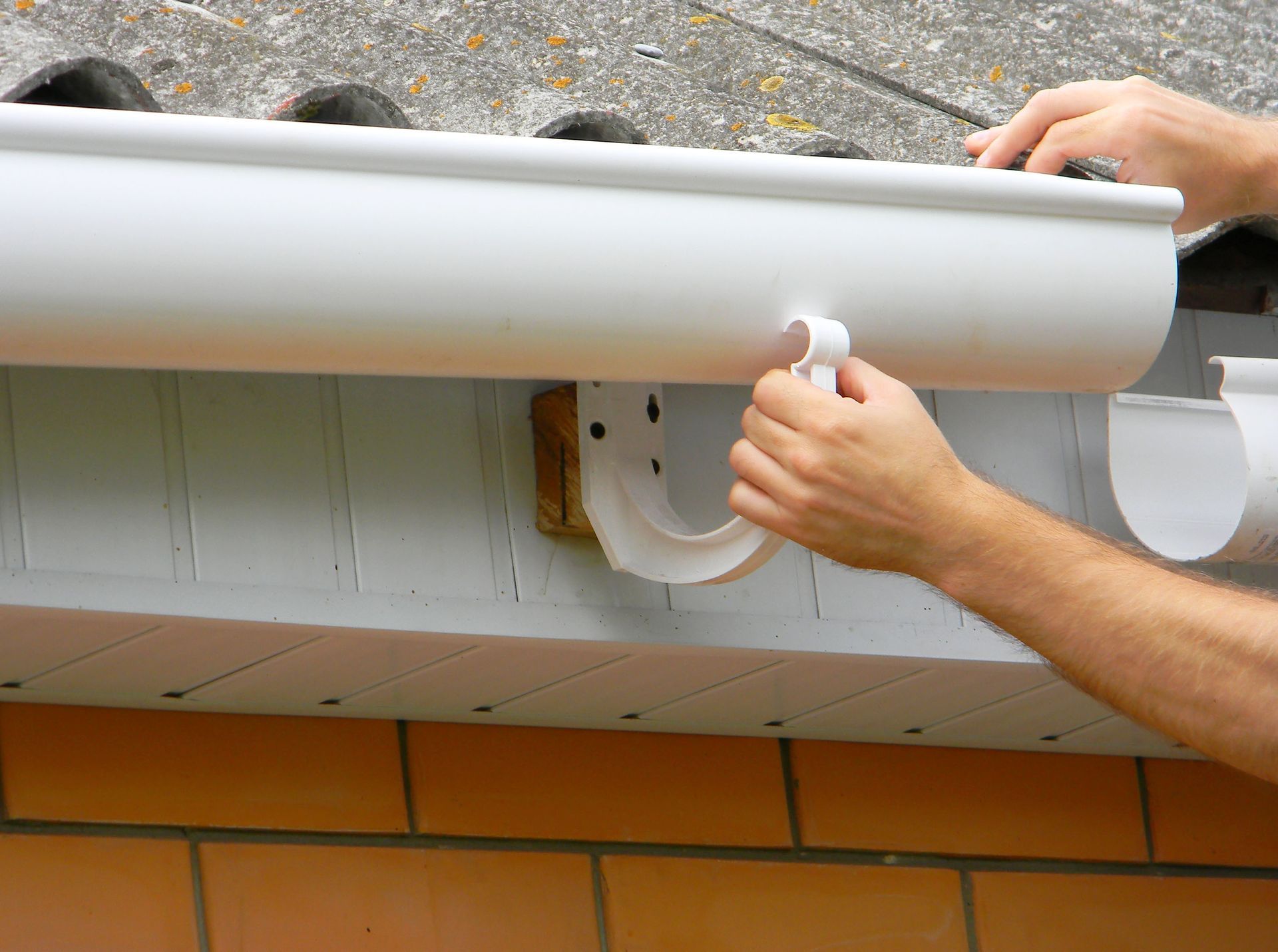
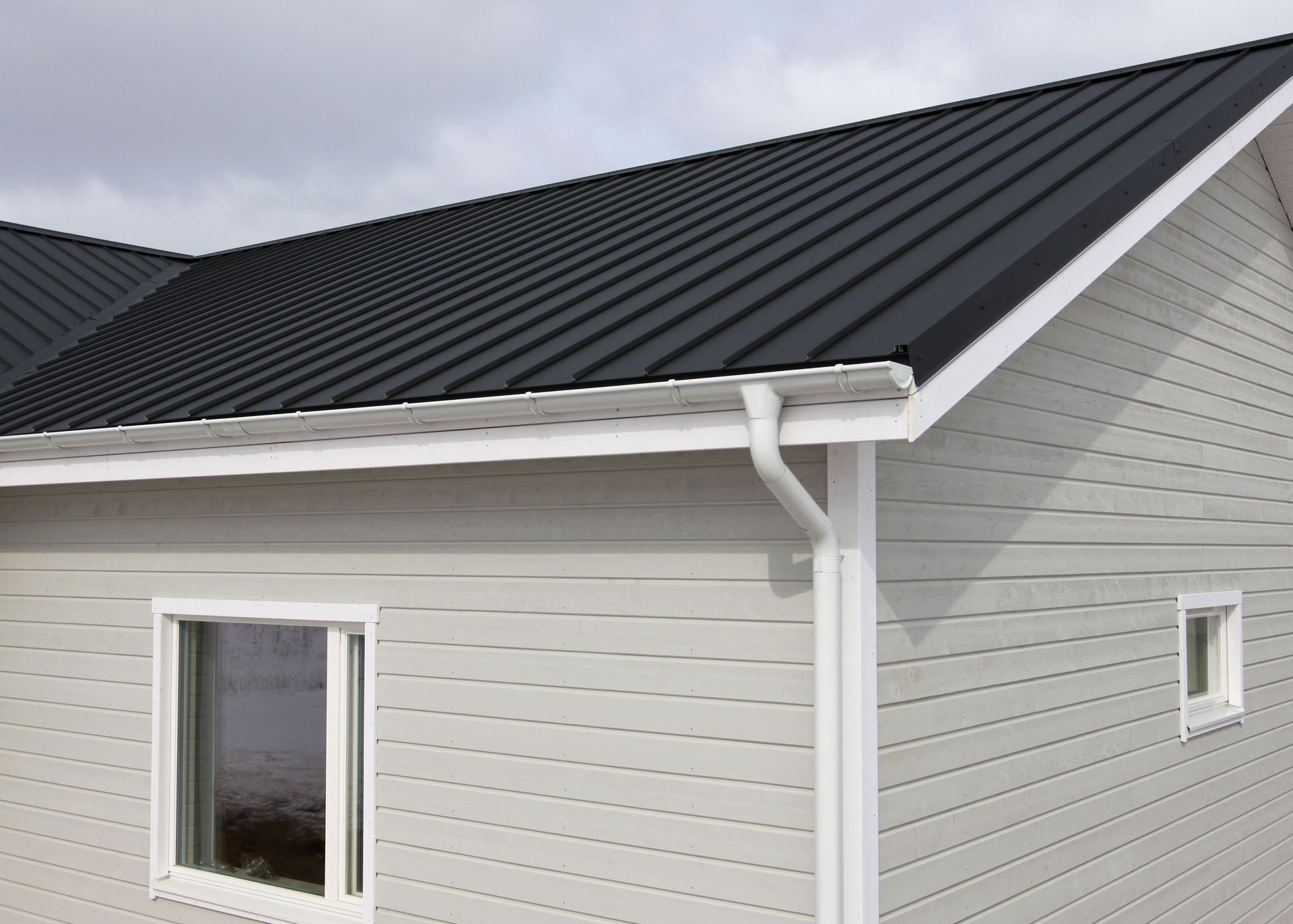
Share On: